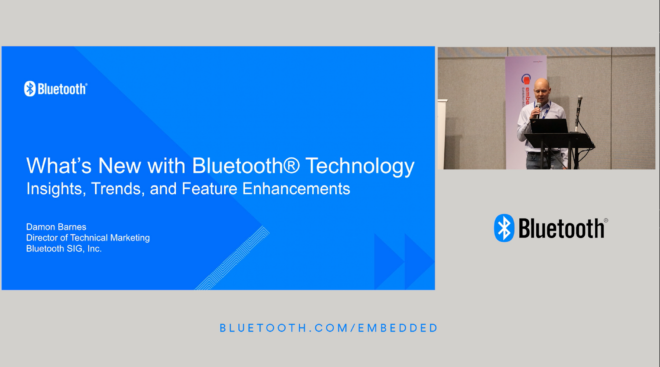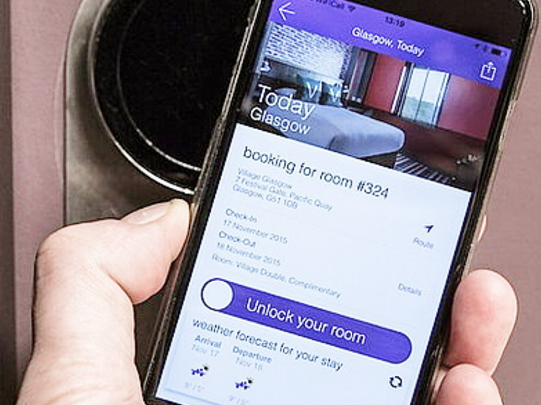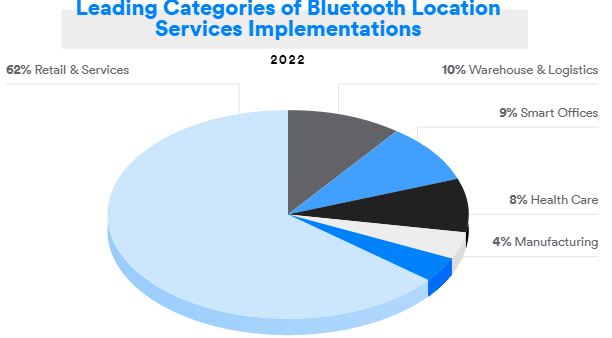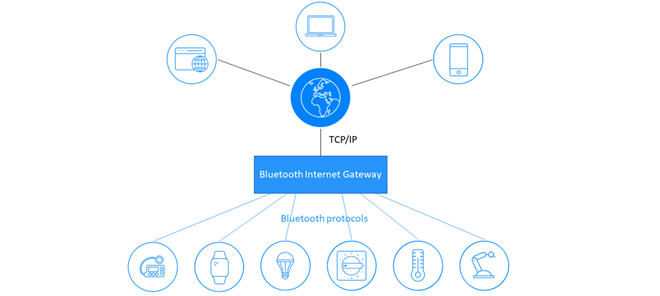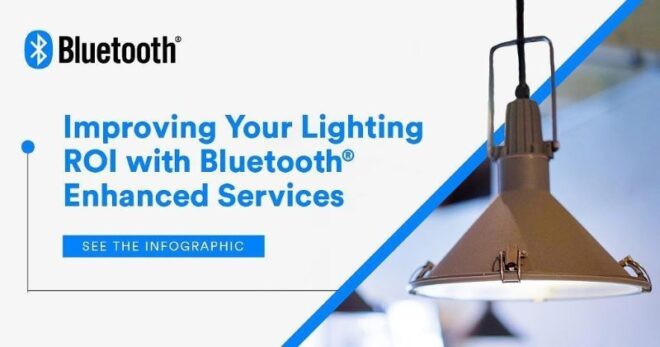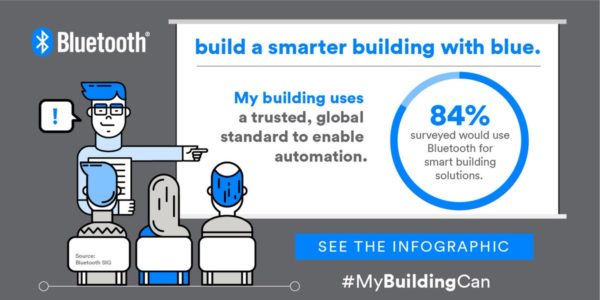From cold chain monitoring and healthcare connected devices to transportation and the industrial internet of things (IIoT), Laird Connectivity leverages their comprehensive wireless modules, packaged IoT devices, and engineering services to simplify the rapid integration of wireless technologies for their customers.
Recently, I had an opportunity to speak with Laird Connectivity’s Senior Director of Product Management Jonathan Kaye about how they are using Bluetooth® technology to solve connectivity challenges across a wide range of emerging markets.
Q&A with Jonathan Kaye
Why have you chosen to use Bluetooth technology?
“ Bluetooth® connectivity is a predominant wireless technology for IoT device enablement.”
Laird Connectivity has been utilizing Bluetooth® technology all the way back to Bluetooth v1.0 when we originated as TDK Systems Europe. We have been a Bluetooth Special Interest Group (SIG) Associate member through the vast majority of that period since and have built products that supported every version of the Bluetooth Core Specification.
The majority of our business with Bluetooth technology is centered around using fully certified Bluetooth modules as a connectivity enabler for a wide range of end customers spanning pretty much every global market. There are very few solutions we have brought to market in the last 5+ years that don’t integrate Bluetooth technology. For us, Bluetooth connectivity is a predominant wireless technology for IoT device enablement.
How are you using Bluetooth technology in an emerging use case or market?
Given the near ubiquity of Bluetooth® technology and its many feature advancements, such as extended range and direction finding, we can enable new IoT innovations for OEMs that previously proved to be challenging for supporting wireless connectivity. Additionally, Laird Connectivity can provide OEMs and implementors with more supporting connectivity options (certification and engineering services) to further progress their IoT developments simply, robustly, and without them having to be connectivity experts.
Our Bluetooth modules (BL653 Series) for angle of arrival (AoA)/angle of departure (AoD) direction finding applications, with extended operating temperature ranges, enable more truly industrial use cases. We’ve developed a wireless IoT gateway and a new Bluetooth 5 multi-sensor platform that support complete sensor-to-cloud applications, widening the playing field for a new range of OEMs, SaaS vendors, and application-specific domain experts across a variety of markets. These out-of-the-box Bluetooth enabled ecosystems speed their ability to implement proof of concepts (PoCs) and ultimately open up new revenue streams quickly and efficiently.
![]()
FEATURED PAPER
Enhancing Bluetooth Location Services with Direction Finding
Bluetooth Direction Finding enables the development of proximity solutions that can understand device direction as well as positioning systems that can achieve down to centimeter-level location accuracy.
How does Bluetooth technology help you meet major market challenges?
One of our new Bluetooth® enabled starter kits reduces the complexity and pain points of bringing PoCs to market quickly and resourcing efficiently. Customers can test out ecosystems in real environments, using sensor and gateway hardware from one vendor, all bridged securely to AWS Cloud services for actionable data decision making and analysis. Factors, such as the real-world performance of LE Coded v 1 MPHY, can be tested to look at benefits and tradeoffs for range in harsh environments and whether the data being generated can bring real business value to the company.
![]()
This starter kit helps promote Bluetooth Low Energy (LE) as a key wireless technology for true industrial applications, such as opening up Bluetooth connectivity on the factory floor with the enablement of a new range of devices like drives, valves, and other manufacturing sensors/equipment.
Why is interoperability critical for this project?
Laird Connectivity has been integrating Bluetooth® technology into multi-wireless solutions for many years – wireless interoperability is nothing new for us, whether internal to the device in co-location or with the external connectivity to other wireless devices. As an example, one of our newest gateways incorporates Bluetooth technology, dual-band Wi-Fi, and, shortly, LTE CAT wireless connectivity plus wired connectivity in serial, USB, and Ethernet – all potentially connecting to a myriad of different third-party wireless devices.
In terms of interoperability between our Bluetooth devices with other Bluetooth devices – this is not something we face any challenges on – it is a simple, clear given from utilizing Bluetooth SIG certified hardware and software. It simply must work, and it does.
What role do you see Bluetooth playing in emerging markets?
With extended range capabilities in the latest Bluetooth® specifications, we are seeing new opportunities for Bluetooth connectivity in industrial applications. With Bluetooth Mesh networking capabilities, OEMs can create wireless mesh networks that extend the reach of messages by relaying them from node to node in a large group of connected devices. Bluetooth Mesh networks are well suited for smart lighting and factory-automation applications.
The additional strengths of Bluetooth connectivity at long range (Coded PHY support) mean that Bluetooth signals can travel further and enable wireless communication for constrained, hard-to-reach equipment within factory floors and manufacturing plants. These enhanced capabilities now open industrial equipment, such as pumps, valves, and drives for wireless connectivity.
![]()
FEATURED PROGRAM
Bluetooth Member Promotion Program
Are you a Bluetooth member designing innovative wireless solutions? You may be eligible to participate in the Bluetooth Member Promotion Program.


